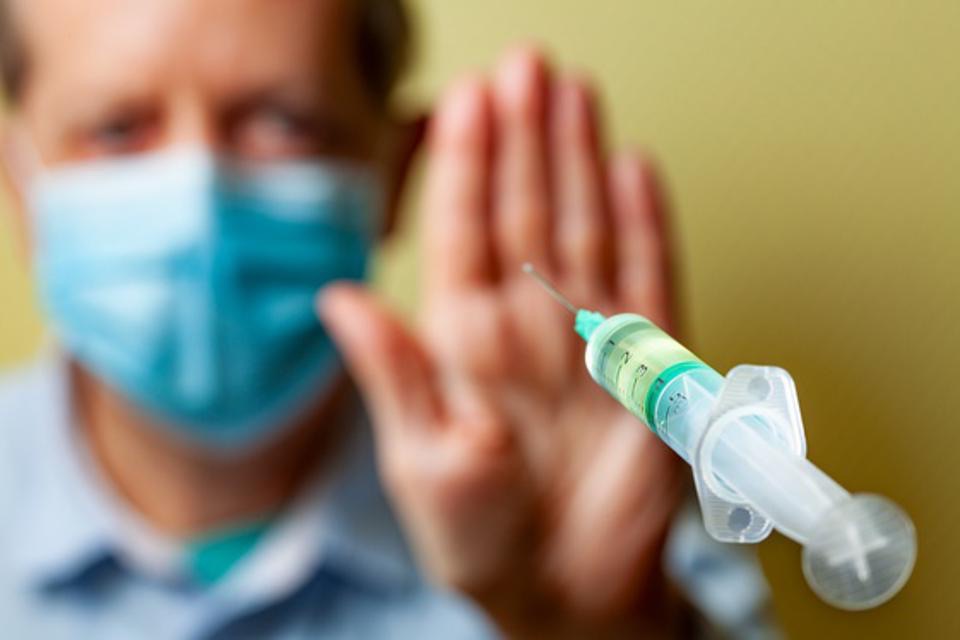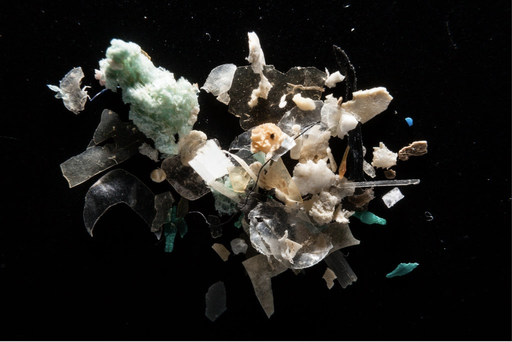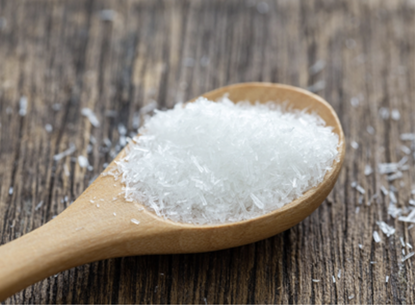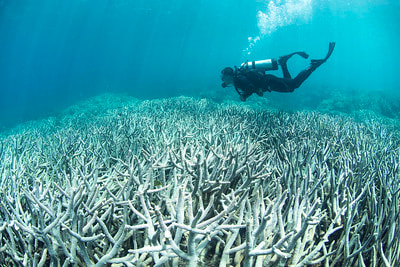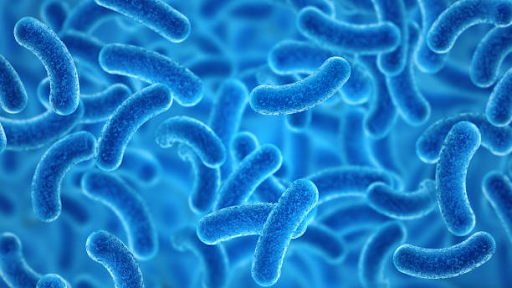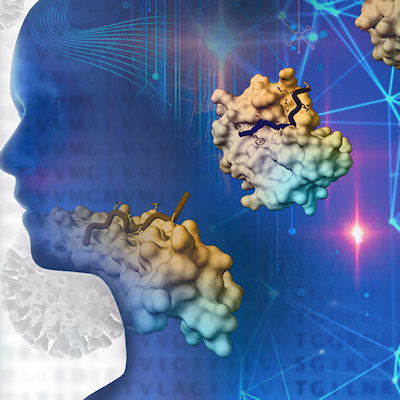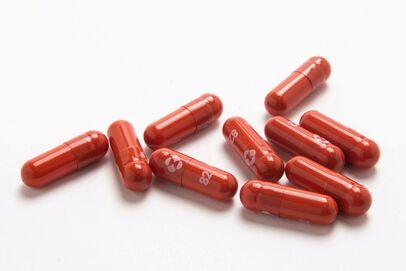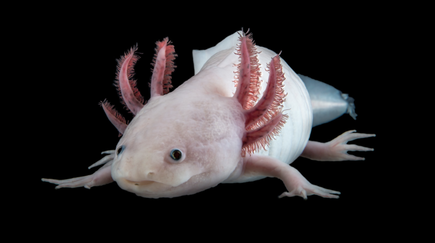|
Written by: Naphat Permpredanun '24 Edited by: Megan List '24 Around a year and a half ago in January 2020, an emergency news report that a new virus had emerged in Wuhan, China changed everyone’s daily lives. The virus rapidly spread through airborne particles and had fatal effects. As the readers can probably guess, this virus is Coronavirus, or COVID-19 as we are familiar with it. This virus spread globally, infecting 200 million people and killing around 4 million people.
0 Comments
Written by: Samuel Lew '24 Edited by: Elizabeth Zhang '23 We live in a transformed world. The COVID-19 virus has caused a complete shutdown for the past years, and as the world recovers from the pandemic and life returns to normal, it begs the question — what is “normal”?
Written by: David Han '24 Edited by: Angelina Cho ‘24 In the sediment at the bottom of the Mediterranean Sea, researchers from the University of Manchester made a shocking discovery: samples of the sea floor contained as many as 1.9 million pieces of plastic per square meter, a result hypothesized to be caused by water currents sweeping debris from above onto the sea bed [1]. This study is just one of several confirming that plastics are quite literally everywhere. Alexandra ter Halle and her team of researchers discovered evidence of nanoplastics in samples of ocean water for the first time in 2017 [2]. Studies have even found plastic in developing fetuses. The situation isn’t likely to improve in the near future, either. Production of plastic is estimated to double by 2050 from its current level of roughly 380 million tons per year, and around 8 million tons enter the ocean annually [3]. The big problem is, as processes of degradation break down plastic in the ocean or landfills into microplastics, pieces smaller than 5mm, they become small enough for living organisms to unknowingly ingest. Even smaller than microplastics are nanoplastics, which are so tiny that they can easily pass through cell membranes and organ tissues. Despite how invasive these particles can be, scientists are still uncertain of their effects on human health.
Written by: Jon Zhang ‘24 Edited by: Owen Wogmon ‘23 In 2019, the Chinese restaurant Lucky Lee’s provoked an uproar by marketing “clean” Chinese food. Founded in New York City by a White American health coach, the short-lived establishment aimed to serve Chinese dishes that didn’t leave customers feeling “bloated and icky,” triggering debates over cultural appropriation [1].
Written by: Alli Jin '25 Edited by: Ashley Nee '22 What is the first thing we do when we go to the beach? For most of us, it would be to apply sunscreen. Whether it’s SPF 40, 50, or 100, sunscreen is used to prevent UV ray exposure to minimize the chances of skin burns and skin cancer. However, the same ingredients that protect human skin simultaneously harm the coral reef ecosystem. This biome supports fish, invertebrates, plants, and thousands of other species; therefore, the health of the wildlife depends on the health of the coral reef. Since scientists have now discovered sunscreen ingredients like oxybenzone and octinoxate are detrimental to coral health [1], they also know how the coral is affected and what steps need to be taken to prevent this decay.
An Exploration into Probiotics as a Cure for Anxiety and DepressionWritten by: Sean Park '25 Edited by: Elizabeth Ding '24 Following weeks of anxiety, you decide to visit your local psychologist to discuss possible methods of treatment. Curious as to what your psychologist may recommend, you think of a few yourself: self-care, anti-anxiety medications, and psychotherapy. To your surprise, your psychologist prescribes Greek Yogurt. With much skepticism, you accept the prescription, pondering its clinical potential.
Written by: Anusha Srinivasan '24 Edited by: Elizabeth Zhang '23 Recent research into engineering nanobodies from mammals like camels, llamas, and alpacas has revealed a possible new strategy to fight emerging variants of COVID-19. The nanobodies work by making the virus unable to bind to the receptor domain on host cells which permits its entry. Their ability to do this makes these nanobodies effective against three variants of COVID-19: Alpha, Beta, and Gamma[1].
Written by El Hebert '24 Edited by Alyssa Steinbaum '23 At the moment of the Big Bang, the universe, and all the energy it would ever have, blasted into being. The first few minutes saw the birth of matter as atomic nuclei congealed - hydrogen and helium, the lightest elements, the stuff of stars. And then came lithium, element three. That’s where the trouble began.
Written by: Josephine Chen '24 Edited by: Jason Johnston '23 Molnupiravir is the first oral antiviral drug for COVID-19, and it is highly anticipated to improve the accessibility and efficacy of treatment for patients around the world.
The coronavirus (COVID-19) is an RNA virus, which means it contains RNA as its genetic material. While DNA consists of two strands of genetic material, RNA only has one strand, which increases the mutation rate and instability of RNA viruses. Written by: Josephine Chen '24 Edited by: Angelina Cho '24 Humans may have the capacity to regenerate tissue. Thanks to current studies with the regenerative salamander, scientists are now better understanding the mechanisms behind organ and limb regeneration, which will possibly lead to great advances in medical therapies.
|

